There’s been more and more talk about AI these days – and rightly so. The advances have been impressive, to say the least. The hype that has followed has also been impressive, but for the wrong reasons: it’s just been way too much. I’ve written about this persistent hype before at length (e.g. Artificial Intelligence is Over-Hyped).
But, alas, it seems as though I have to return to this topic again. It’s just too jarring.
The latest stuff a lot of people are talking about is AI in art. The topic has been on the news a lot (e.g. here) because AI image generators, like DALL-E 2 and Stable Diffusion, appear to be taking over the jobs of illustrators since it is so easy to create images free of charge based off of textual input. Cosmopolitan magazine, for example, used a DALL-E 2 generated image as a cover on a special issue of theirs:
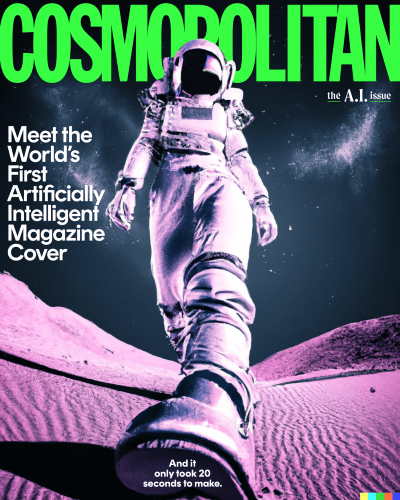
That’s impressive. Somebody, however, has definitely missed out on a paycheck for that particular cover of the magazine.
The problem is further exacerbated when one learns that these new image generators have been trained on databases of works of artists that have received no remuneration for passively having participated in the training process. Contentious, to say the least – legal cases abound, in fact.
But I’m not here to throw me $0.02 into this debate. I, of course, have my opinions but in this post I would like to talk about AI and high art in particular because this is a domain that AI has also dared to venture into but it is a domain in which AI has no rightful place – somebody has to say it.
Firstly, let me define what I mean by “high art”. High art is objects that are of exceptional and exemplary aesthetic value. High art is music, literature, paintings, architecture, and other creations of human endeavour that have attained the highest level of human achievement in terms of beauty and sophistication. High art is something that is so passionately moving and impressive that it can evoke the strongest of positive emotions in a person. Tears, awe, admiration, reverence are perhaps such responses that one can suppose when one encounters these objects of exquisite beauty.
High art is undoubtedly something more than the popular and/or commercial art that one typically would deal with on a day to day basis – such as the art currently being generated by AI.
High art is capable of touching the deepest depths of our existence. It generally is art that one would, for example, display in museums or galleries because it is worth preserving for future generations.
There is currently debate going on whether AI is capable of generating such art.
A few months ago (Sep 2022), Jason M. Allen won first prize at an art competition in the USA. This achievement made headlines all over the world. In a way, I get it. A machine passed an unofficial Turing test in image generation. No small feat that deserves to be in the papers. But with this has come a wave of expected hype: AI can beat humans at creativity, AI created beauty, AGI is edging closer and closer. The winner of the competition himself stated to the NY Times: “Art is dead, dude. It’s over. A.I. won. Humans lost”.
*Sigh*. I think we need to take a breather here.
Firstly, let’s put that competition into perspective. It was held at the Colorado State Fair and the top prize was $300. I’m sure the world’s greatest artists frequent that fair every year and vie for that lucrative first place. Secondly, Jason touched up the image with Photoshop and other tools to improve on what the machine had initially generated. So, there was a direct human element at play in the creative process.
But that last point is not really pertinent because I’m not going to deny the fact that a machine could generate an image and with no touch-ups win an art prize. It can and it will. In fact, I have nothing against AI winning competitions for popular/consumer art.
What I think we should be deliberating on is how it is possible for people to think that AI will win prestigious art competitions one day. It hasn’t happened yet, but you just know that with the current mood, it is only a matter of time.
But how are people even considering AI creating high/fine culture a possibility? After all, there is a world of difference between that and popular culture. When one truly and honestly encounters fine culture, one understands that such a feat is beyond the accomplishment of a machine. That’s a given.
Why? Because to create true art one needs to understand the intricacies, tragedies, miracles, and depths of human existence. This understanding is then embodied in a piece of work. Machines, on the other hand, don’t understand. As I’ve said time and time again: “Machines operate on the level of knowledge. We operate on the level of knowledge and understanding”. For example, ChatGPT. It’s fantastic. It’s phenomenal at times. But it still spews out nonsense. With all the information it has been trained on, it nonetheless comes up with trash like this that demonstrates zero understanding (not knowledge!) of the world around us:
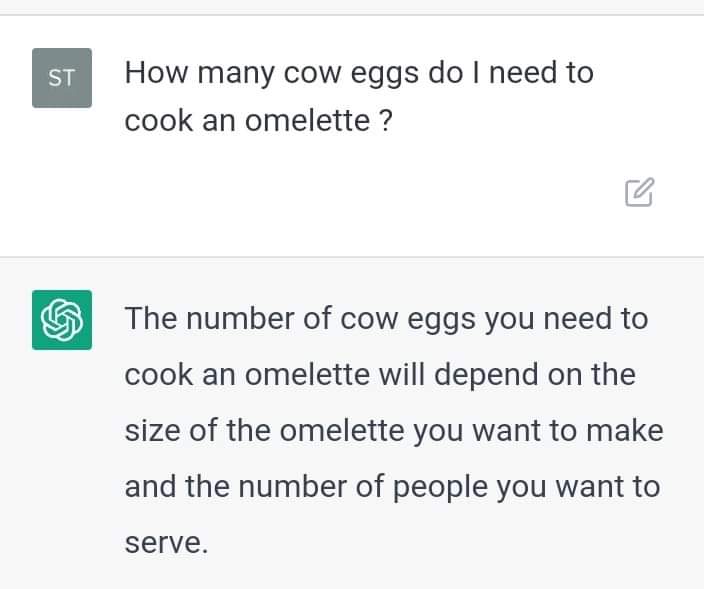
Now, some will argue that once machines gain sentience understanding will follow. Yes, that’s probably true. For now, however, machines are nowhere near this accomplishment – as I’ve discussed in this post – because throwing more and more data at a neural network is not going to magically cause a giant leap into consciousness.
(For those that know me, you’ll know that I think machine sentience is unachievable anyway – but we won’t go into that today).
So, let’s stick with what we know and have now: machines that don’t understand and don’t look like they will for at least a good while. The problem is that there is an underlying belief surrounding AI hype that there is some form of understanding being exhibited in the stuff that we are creating. Hence, it is all unfavourably contributing to the debate around AI and high art.
Another answer to the conundrum of why people consider a marriage between AI and high art possible lies quite ironically in what Jason M. Allen said after winning his illustrious prize: “Art is dead”.
If you have visited a modern art gallery or museum recently you will know what I am talking about. I just don’t understand today’s “art”. Nobody does, in fact! In his very informative book entitled “The Death of the Artist“, William Deresiewicz outlines how art has become institutionalised. One now needs a degree to “understand” it. All those nonsensical squiggles and blotches and disharmonies and bizarre architectural distortions need to be explained. No more can one break down into tears in front of an exquisite sculpture or painting. Art doesn’t speak to us directly now.
As Renoir himself once said: “If it needs to be explained, it is not art.”
I couldn’t have said it better myself. Today’s art is not art if it doesn’t evoke anything in the populace. You may recall the furor that surrounded the unveiling of an MLK statue last month (Jan 2023). Tucker Carlson said it outright: “It’s not art, it’s a middle finger.” Moreover, it cost US$10 million to make. High art? Give me a break! Just take a look at this masterpiece created by a 23 year old:
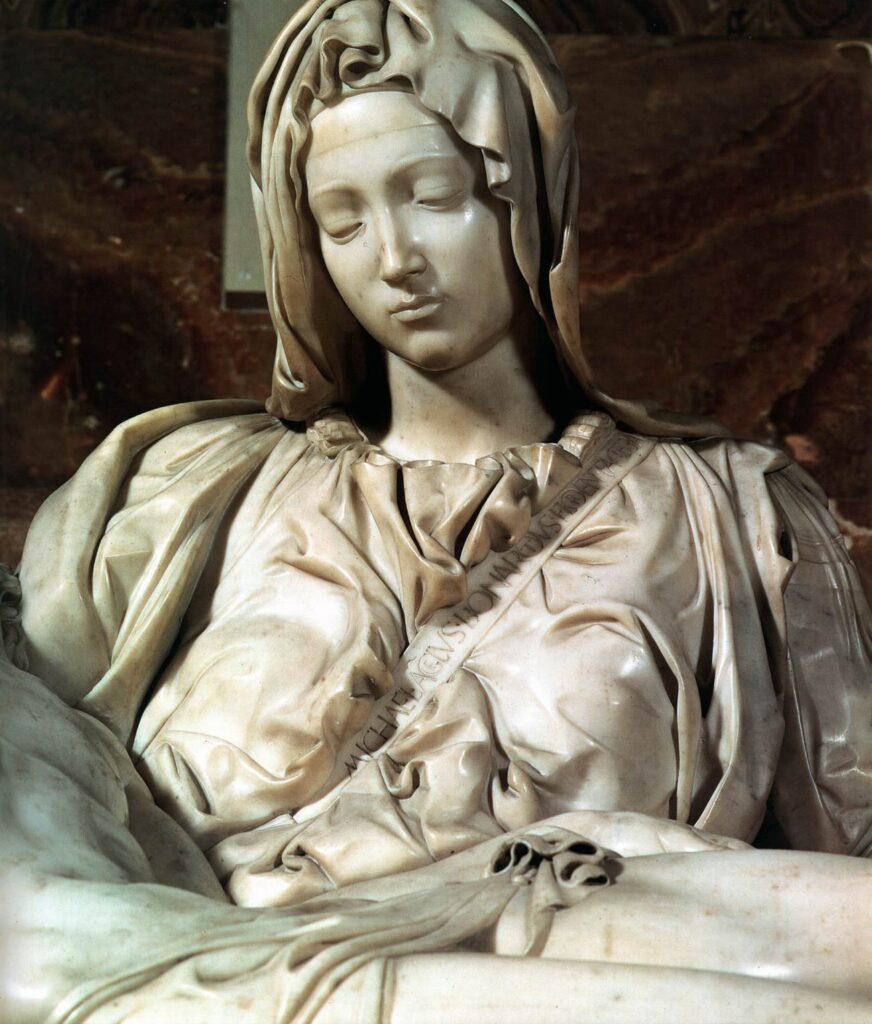
Now, that’s art.
The bottom line is that a dead machine can easily produce lifeless works like those that reside in today’s modern museums or galleries. It’s no wonder that people consider AI to be capable of producing art.
Let’s move on to another argument for this post: beauty has been banished from our everyday lives – hence, we are no longer being exposed to true works of it. This means we are not getting conditioned to recognise real elegance any more. Ugliness surrounds us so we are not sensitive enough to the subtleties of the depths of beauty.
Allow me to present some examples that I have collected from Twitter posts that compare public works in the past and now. (For more examples like the following, follow this twitter account)
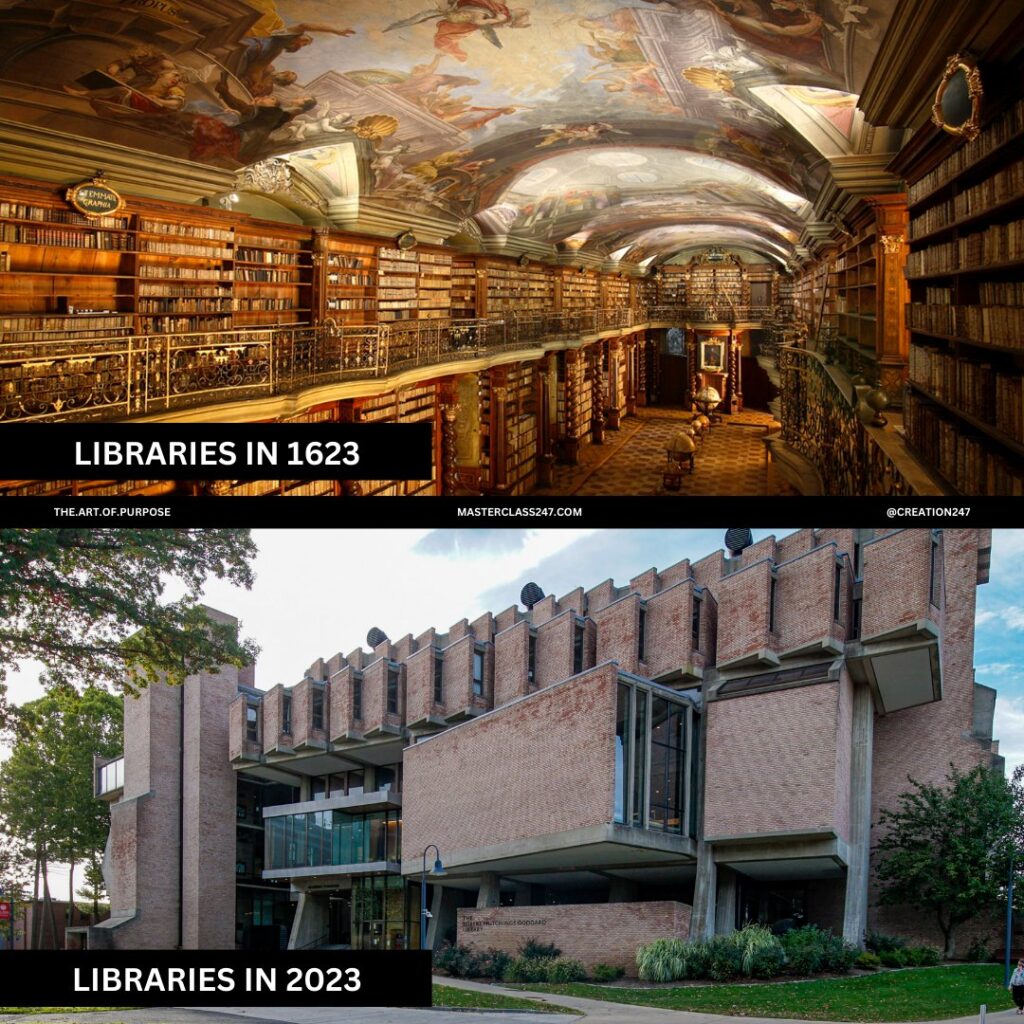
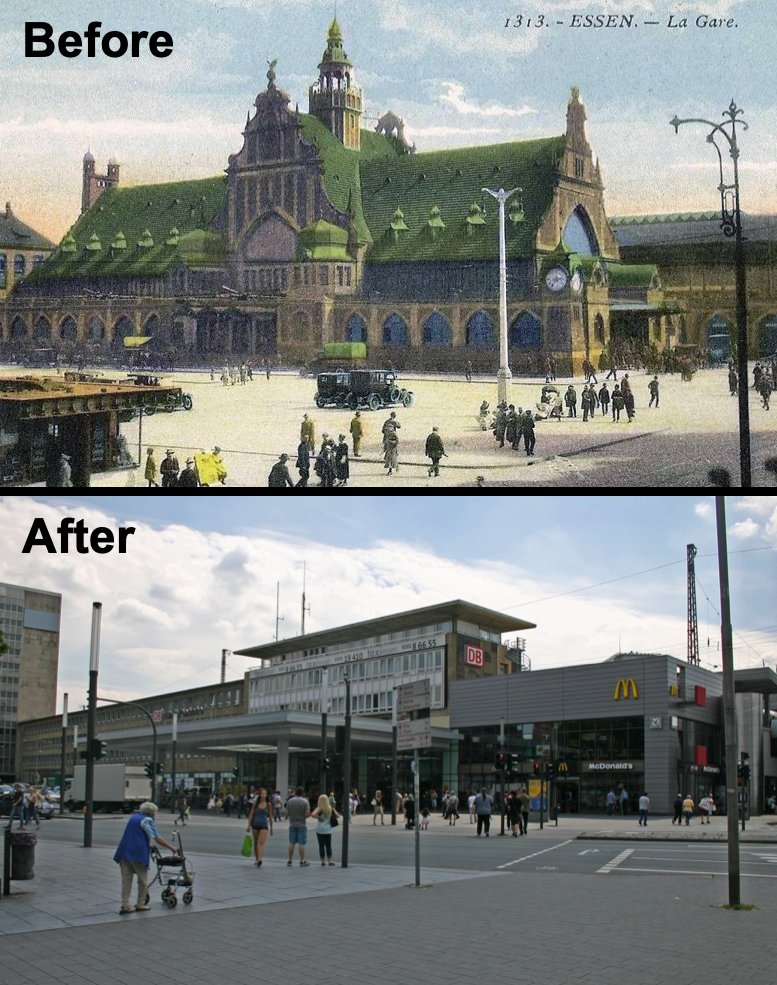
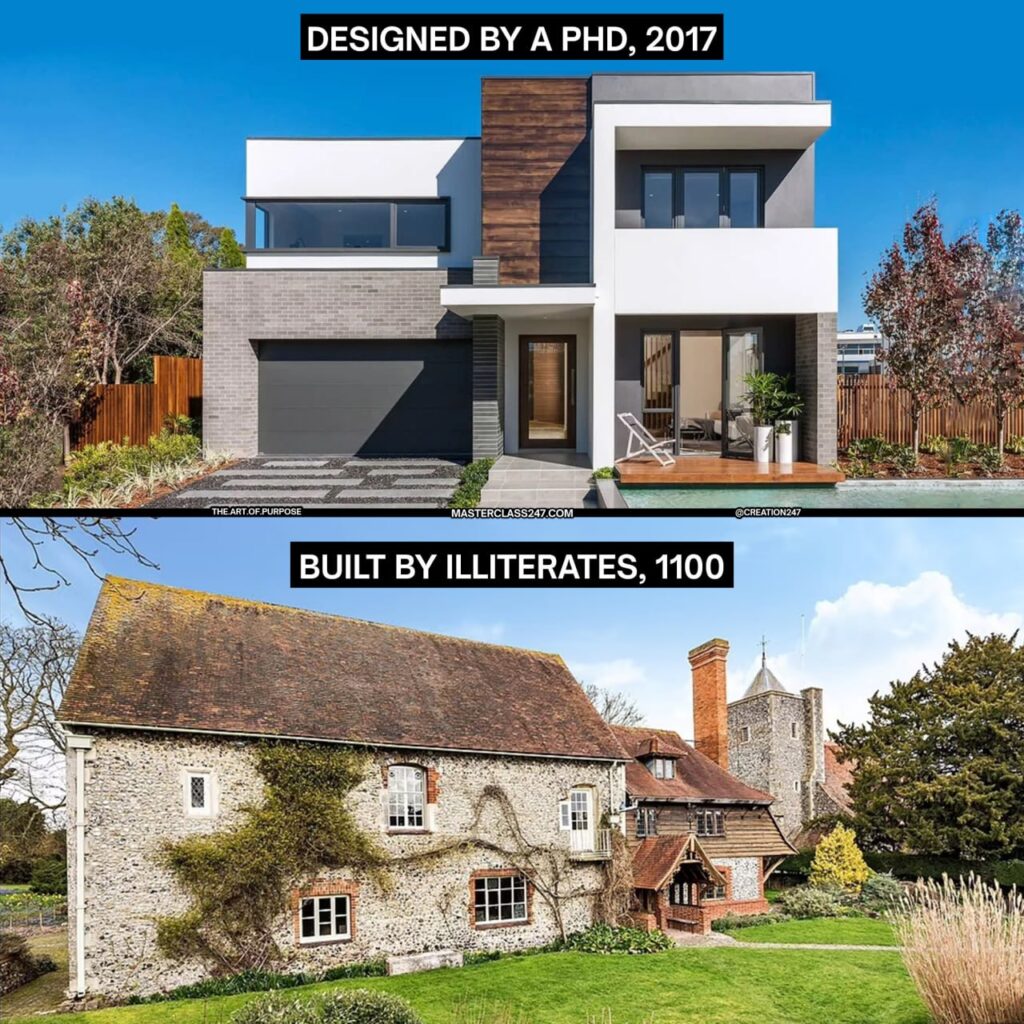
My favourite example, though, is from my alma mater, Trinity College Dublin where I completed my PhD. There is a famous Old Library there that is pure and simply exquisite. It was completed in 1732:
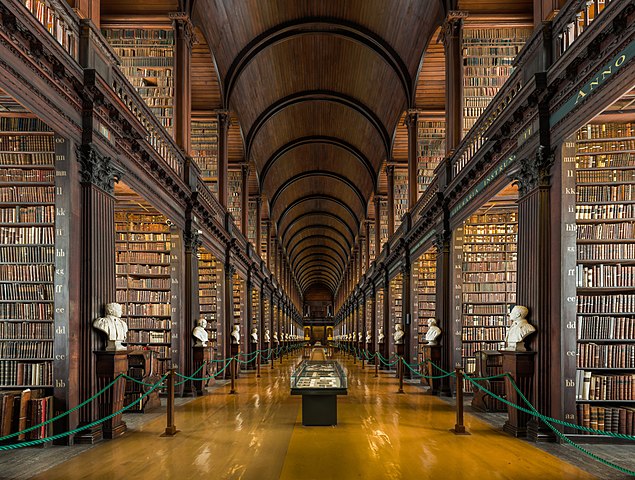
And then right next door is the new library called the Berkeley Library, completed in 1967. Believe me, it’s even more dismal inside:
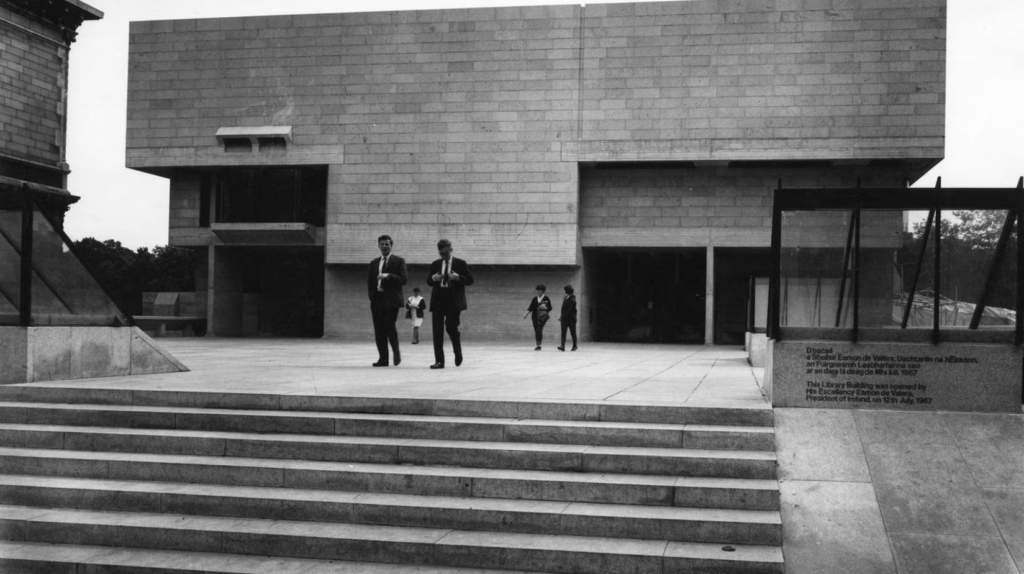
But it gets better because next door to the Berkeley Library is the Arts Building, completed in 1979:
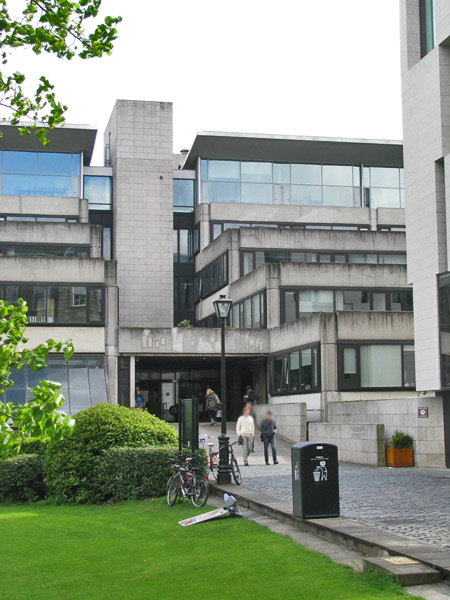
Yep, that’s the Arts Building. Oh, the irony! Trinity College Dublin describes the Arts Building as: ” A nineteen seventies listed architectural masterpiece.” You couldn’t make this stuff up. Moreover, the wise guy architects thought it would be a great idea to have minimal natural light enter the classrooms so there are hardly any windows on the other side of the building. It’s a concrete, miserable tomb that is supposed to inspire future “great” artists.
Yuck! Let’s compare that to the front facade of the same college:
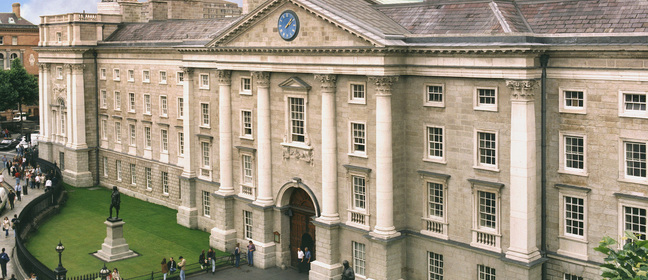
Once again, the problem is that our lack of sensitivity for the beautiful allows institutions and governments to proliferate cheap, commercial, commodified works on our streets, houses and workplaces, which further exacerbates the problem.
I don’t care what the reasoning behind the buildings above are, what the theory behind their supposed beauty is, whether beauty is purely subjective or not. I don’t care because that stuff is simply (f)ugly.
We have lost the sense of the magnificent. Hence, without understanding what that is, it is easy for people to think that AI can participate in the creation of it.
Parting Words
AI can generate art if by “art” one means the commercial, popular art that AI is currently generating. Of course, generating art is not the same as creating it – after all, the AI models were trained on other people’s works and statistics are being applied to “create” the artificial images that we are seeing online. But I don’t want to get into this argument or any arguments related to it. The whole purpose of my post was to vent my frustration at the debate that AI could find its way into the world’s galleries and museums and be hence classified as high culture.
That’s just not right, for the reasons outlined above.
I’m going to leave you with some parting words from a great lyricist and musician of our time, Nick Cave. Somebody asked ChatGPT to “write a song in the style of Nick Cave” and sent him the results for comment. Nick’s response says it all:
With all the love and respect in the world, this song is bullshit, a grotesque mockery of what it is to be human, and, well, I don’t much like it. [emphasis mine]
Somebody has to say it. We deserve better and are capable of it.
To be informed when new content like this is posted, subscribe to the mailing list:
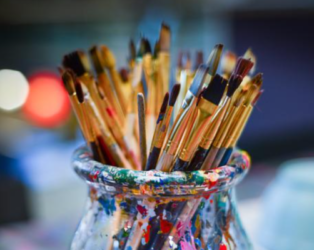
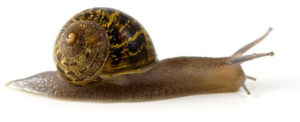

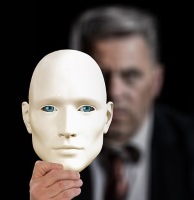
One Reply to “AI Will Never Create High Art”